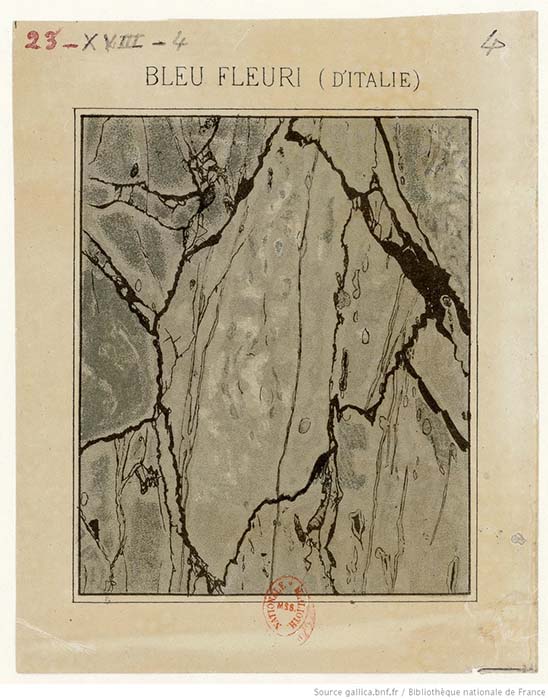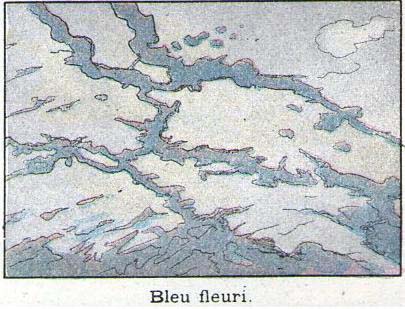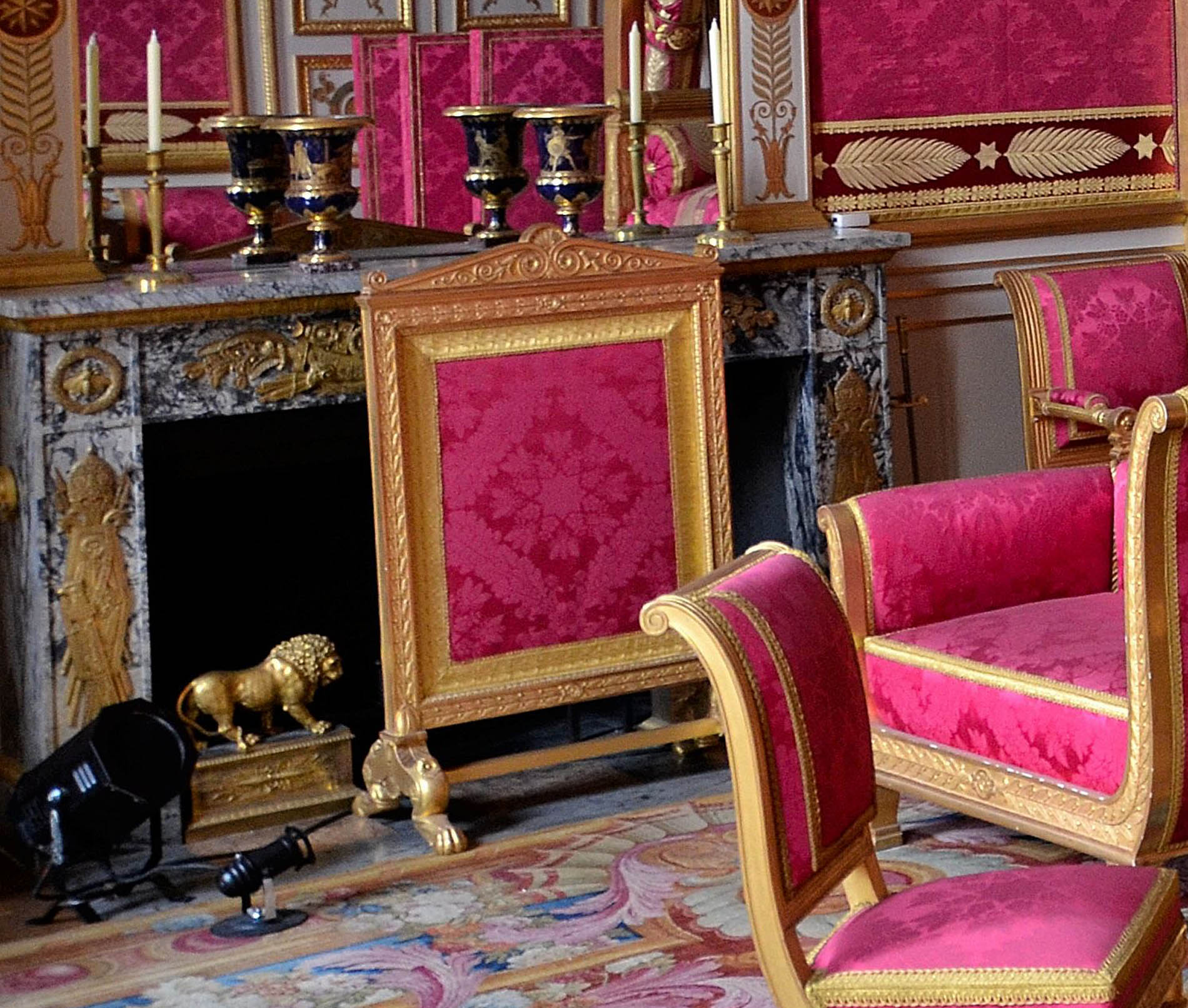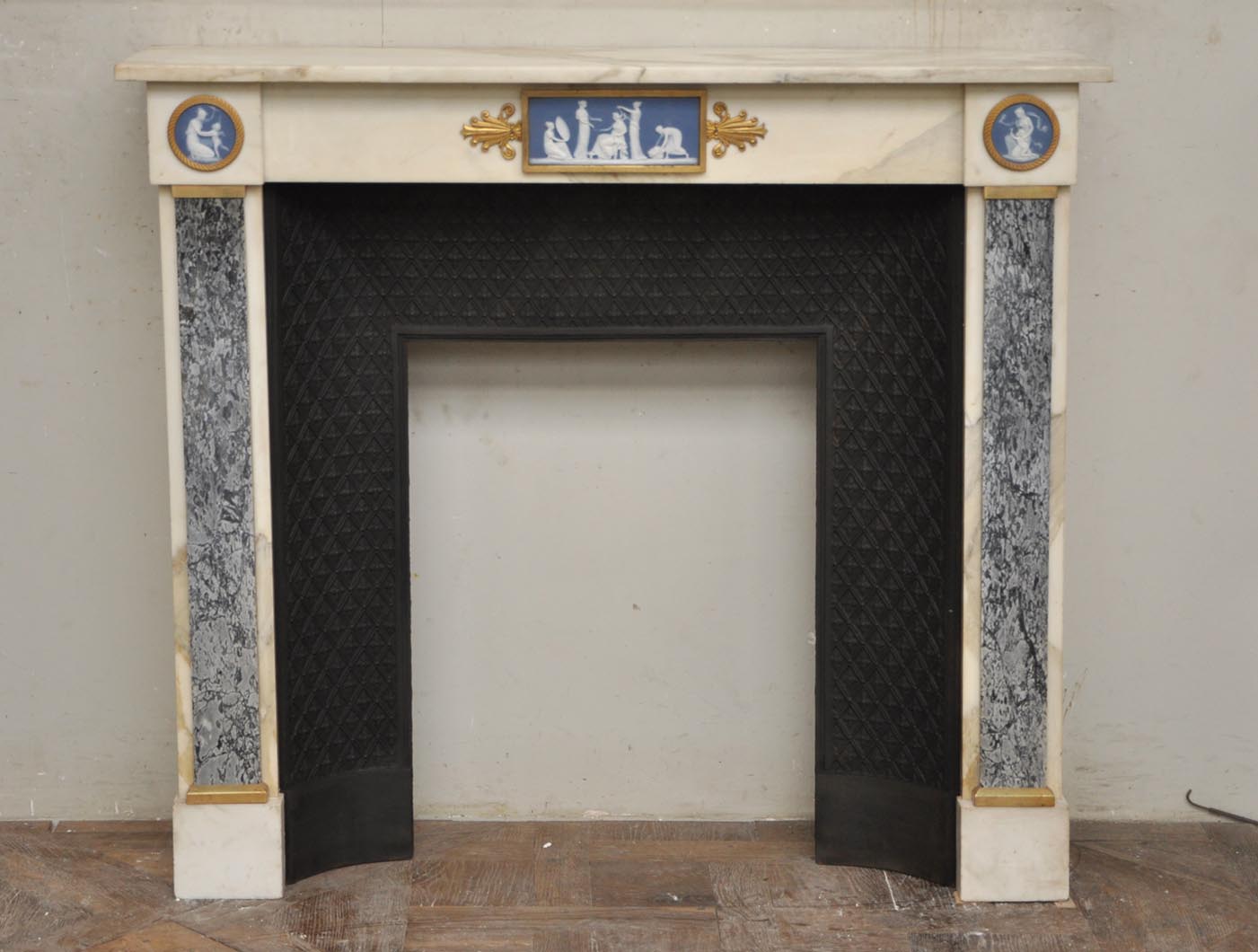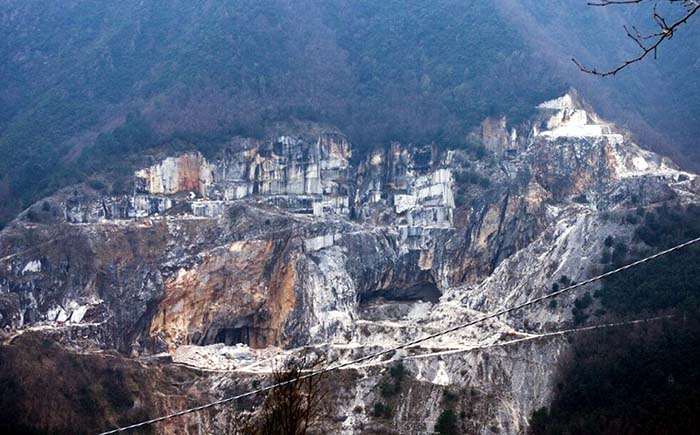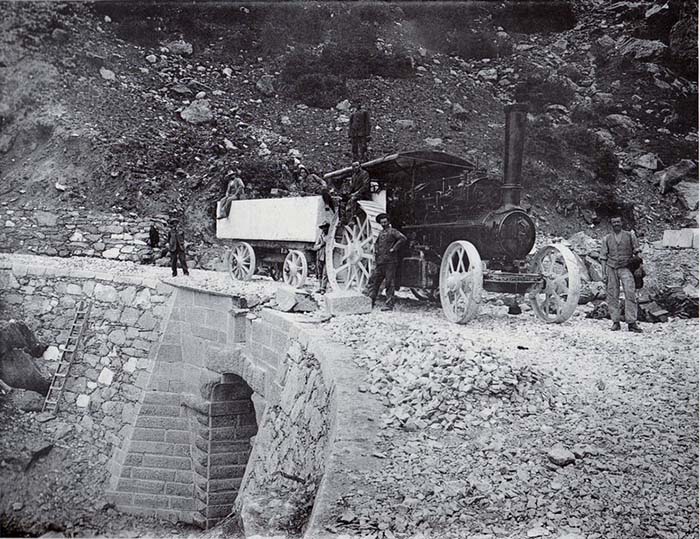Bleu Fleuri marble
Download PDFRare marble with a light background, the Bleu Fleuri marble takes its name from the freshness of its tint. Always praised for its delicate color, it is also known to offer different shapes of veins depending on how the block is cut. These veins, sometimes black, can be "rectilinear or contoured, sometimes in network or variegated," specifies Auguste Blanqui in his Dictionary of Commerce and Industry (1839).
According to his testimony, the Bleu Fleuri marble is in the 19th century "highly esteemed in commerce and of considerable use". This is typically a marble used for 19th century apartment fireplaces. Secondary, it is used to adorn objects.
It is for example the marble chosen by the Emperor Napoleon I for the fireplace that adorns his bedroom at the Chateau of Compiègne. In the sales catalogs of the second half of the century, furniture made in Bleu Fleuri are mentioned, such as a pedestal table, a square column, a Louis XIV style fireplace, a Pompadour fireplace or of Louis XV style .
Often compared to Turquin Blue , it is extracted like this one in Seravezza in Tuscany, near Carrara, also known to provide the most precious of all marbles, the White of Carrara. In France, it was extracted in the Hautes Pyrénées and Isère. Extracted also in Louvie in the Basses-Pyrenees and exported to the United Kingdom, it could occasionally be used for statuary.
Blanqui finally remarked that Bleu Fleuri is "used for the same purposes as Turquin Blue; But it is of greater luxury "; A rather recurring remark. Le Bleu Fleuri is sold in the 19th century at the same prices as the Violet Breche .
Bibliography
J. Dubarry de Lasalle, Identification des marbres, Ed. H. Vial, Dourdan, 2000
J. Dubarry de Lasalle, Utilisation des marbres, Ed. H. Vial, Dourdan, 2005
Blanqui, Dictionnaire du commerce et de l'industrie, 1839.
A. Dufrénoy, Traité de minéralogie, Paris, Victor Dalmont, 1856.
Charles Barbot, Traité complet des pierres, 1862.
- Vente partielle de cheminées et objets d'art, Paris, 28-30 novembre 1887.




